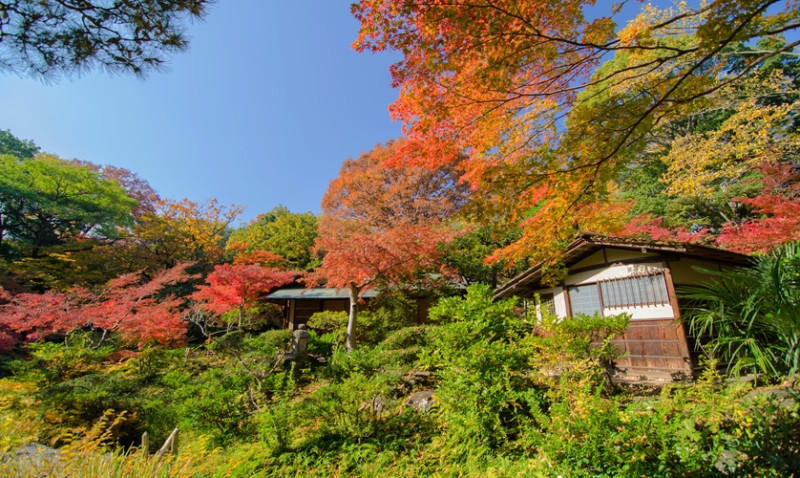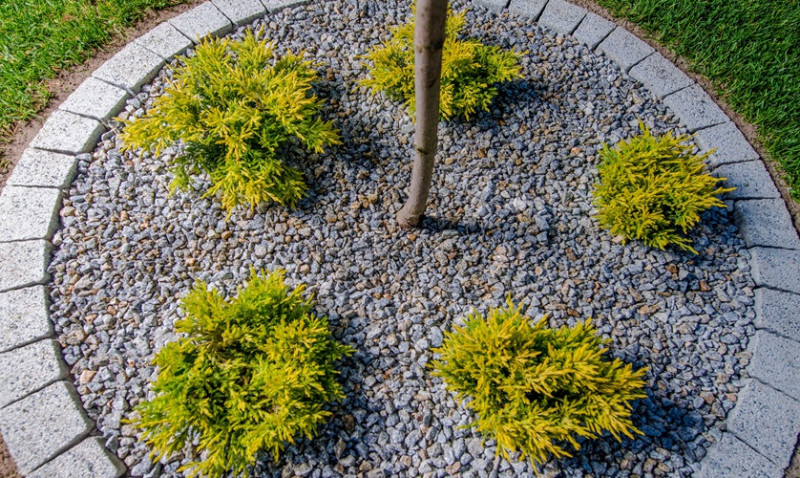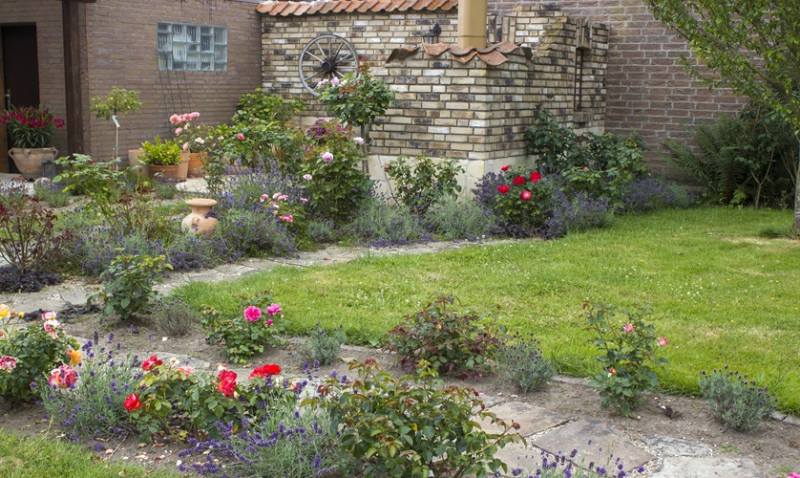
In order to help your lawn stay healthy and green all winter long - you will need to make sure to aerate it, mulch and add a layer of topsoil. You may also need to add some fertiliser and/or lime to help your lawn stay strong during the colder months. Follow these simple tips and your lawn will be looking great in the spring!
The Importance of Winterising Your Lawn
As the days get shorter and the temperatures start to drop, it's important to start thinking about winterising your lawn. While your grass may look dormant, there are a number of important tasks that need to be undertaken to ensure that it stays healthy and green come spring. Here's what you need to know.
One of the most important things you can do for your lawn in winter is to fertilise it. This helps to replenish the nutrients that have been lost over the past few months, and also gives the grass a boost of energy to help it survive the cold weather. It's also important to keep on top of weeds, as they can quickly take over a lawn that isn't being properly cared for. Regular mowing will help to keep them under control, and applying a herbicide can also be effective.
Finally, it's crucial to protect your lawn from the elements in winter. Heavy rain and snow can quickly damage grass, so regular aeration and scarification are essential. You should also consider installing a drainage system if your lawn is prone to waterlog.
Aerating Your Lawn
Aerating your lawn is one of the most important steps you can take to ensure a healthy lawn. Aeration involves perforating the soil with small holes, which allows air, water and nutrients to reach the roots of the grass. Aeration also helps to reduce compaction, preventing the grass from being smothered by too much weight. The best time to aerate your lawn is in late summer or early fall when the weather is mild and the grass is still growing. Aerating before winter provides a chance for the roots to establish themselves before cold weather sets in.
There are two main types of aeration: core aeration and spike aeration. Core aeration involves removing small plugs of soil from the lawn, while spike aeration simply involves poking holes into the ground. For most lawns, core aeration is the best option. If you have a small lawn, however, spike aeration may be sufficient. Aerating your lawn is a simple process, but it's important to do it correctly. Be sure to read the instructions carefully before you begin, and make sure you use the right type of aerator for your lawn. Aerating is an essential part of winterising your lawn, and it will help to ensure a healthy, green lawn for years to come.
Mulching Your Lawn
Mulching your lawn is an important part of winterizing your grass. Mulch helps to protect roots from the cold weather and keeps them from drying out. Mulch also helps to prevent weeds from taking root in your lawn. There are a few things to keep in mind when mulching your lawn. First, be sure to use fresh, clean mulch. Old mulch can contain diseases that can harm your grass. Second, be sure to apply a thick layer of mulch. A thick layer of mulch will insulate your grass and help it survive the cold winter months. Be sure to rake up any dead leaves or other debris on your lawn before you apply the mulch. This will help to ensure that your grass gets the full benefit of the mulch.
Adding a Layer of Topsoil
Adding a layer of topsoil to your lawn in the winter is a great way to improve its overall health. Topsoil is packed with nutrients that grassroots need to grow strong and healthy. In addition, topsoil helps to regulate moisture levels, preventing the soil from becoming too dry or too wet. Adding a layer of topsoil in the winter also helps to insulate the ground, keeping it warmer in the cold months. As a result, your lawn will be less likely to suffer from frost damage or disease. If you live in an area with heavy snowfall, adding a layer of topsoil can also help to prevent your lawn from being buried under the snow. So if you're looking for a way to give your lawn a boost, adding a layer of topsoil is a great place to start.
Adding Fertiliser
Adding fertiliser to your lawn before winter can help to prevent nutrient deficiencies and encourage growth during the colder months. Look for a product that contains nitrogen, phosphorus and potassium, and follow the directions on the packaging carefully. It's also important to aerate your lawn before adding fertiliser, as this will help the nutrients to reach the grassroots more effectively. If you're not sure how to aerate your lawn, consult a professional gardener or landscaper. Winterising your lawn doesn't have to be complicated - with a little time and effort, you can ensure that your grass stays green and healthy all year round.
By following the tips we've provided for winterising your lawn, you can ensure that your grass stays healthy and green all winter long. Be sure to aerate your lawn before adding fertiliser, and make sure to use fresh, clean mulch when mulching your lawn. Adding a layer of topsoil will also help to improve the health of your grass. If you live in an area with heavy snowfall, be sure to add a layer of topsoil before the snow sets in. With a little effort, you can winterise your lawn and keep it looking its best all season long!






